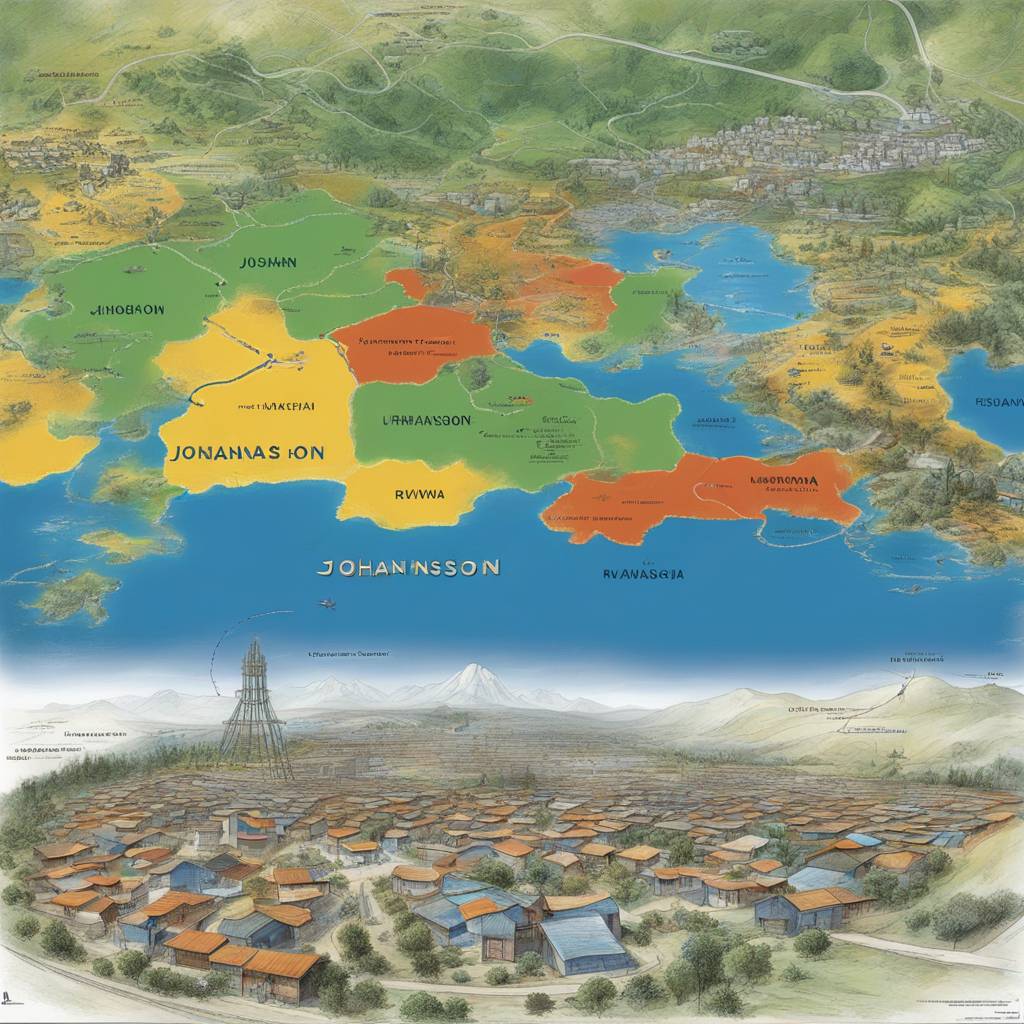Ylva Johansson, the European Commissioner for Home Affairs, has emphasized that the reform of the European Union’s migration policy will not encourage the outsourcing of asylum requests. She stated that the EU needs to work with partner countries to manage migration, combat smugglers, and provide support along migration routes. However, she clarified that sending asylum seekers who are already on EU territory to a third country is not part of the New Pact on Migration and Asylum. The Pact includes common rules for managing asylum seekers, fast-tracking applications with low chances of success, and ensuring fair distribution of those granted international protection. The EU has been working on reinforcing the external dimension of migration by creating agreements with neighbouring countries like Tunisia, Mauritania, and soon, Egypt.
In December, the New Pact on Migration and Asylum was provisionally agreed upon after almost four years of intense negotiations. It is set to receive final approval from the European Parliament and member states next month. As part of this reform, the EU has been focusing on improving border management and decreasing migrant departures through agreements with neighbouring countries. Despite criticisms from humanitarian organizations, such as the Italy-Albania deal, the European Commission did not object to these agreements. President Ursula von der Leyen described the Italy-Albania deal as an example of fair sharing of responsibilities with third countries. However, concerns about the legality and potential human rights violations of such agreements have been raised.
The issue of outsourcing asylum requests came to the forefront last week when the European People’s Party (EPP) adopted a manifesto calling for agreements to transfer asylum seekers to safe third countries for processing. The manifesto proposed that if asylum seekers are granted protection, they would receive it on-site in the third country. This plan has drawn comparisons to the Rwanda plan, which was rejected by the British Supreme Court for unlawfully sending asylum seekers to Africa for processing. Ylva Johansson stressed that the New Pact on Migration and Asylum does not support a Rwanda-style deal to send applicants away. She highlighted that the Italy-Albania protocol is different because it applies to migrants rescued in international waters, not those who have already entered EU territory.
In 2020, the EU received 1.14 million applications for international protection, which was a seven-year high. Approximately one-third of these applications were from migrants who arrived in the EU through irregular means. Ylva Johansson emphasized the need for a comprehensive approach to manage migration and asylum requests within the EU. The focus remains on working with partner countries, improving border management, and ensuring a fair and efficient asylum process. The EU’s efforts to address migration challenges are ongoing, and the New Pact on Migration and Asylum is intended to provide a framework for a more coordinated and effective response to the complex issue of migration within the EU.



